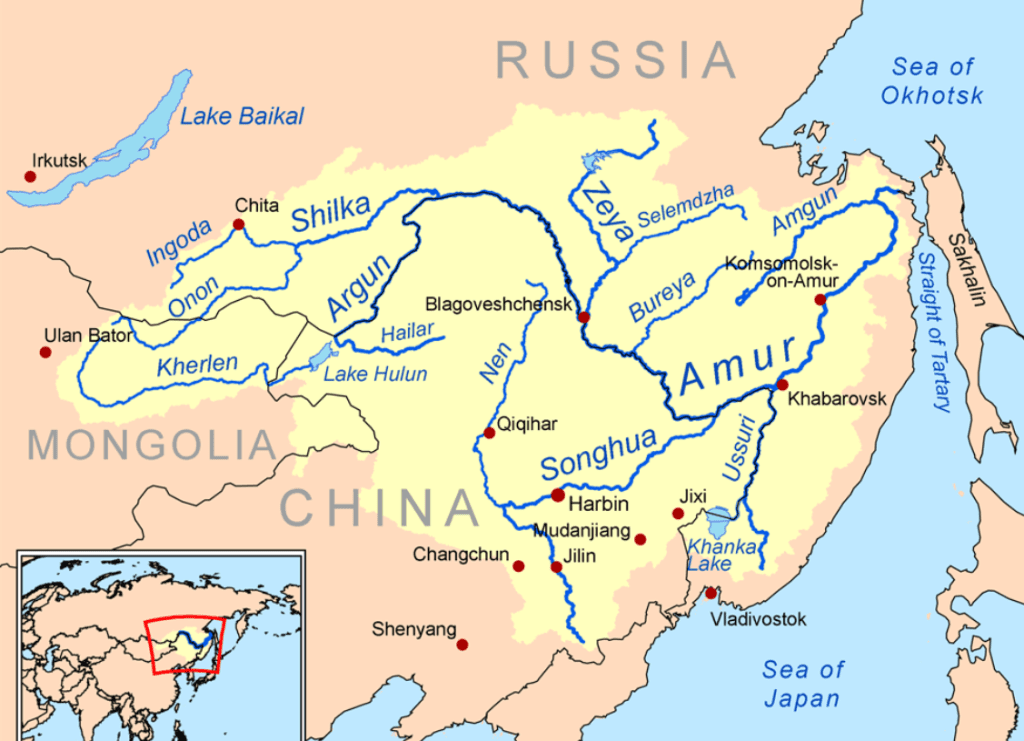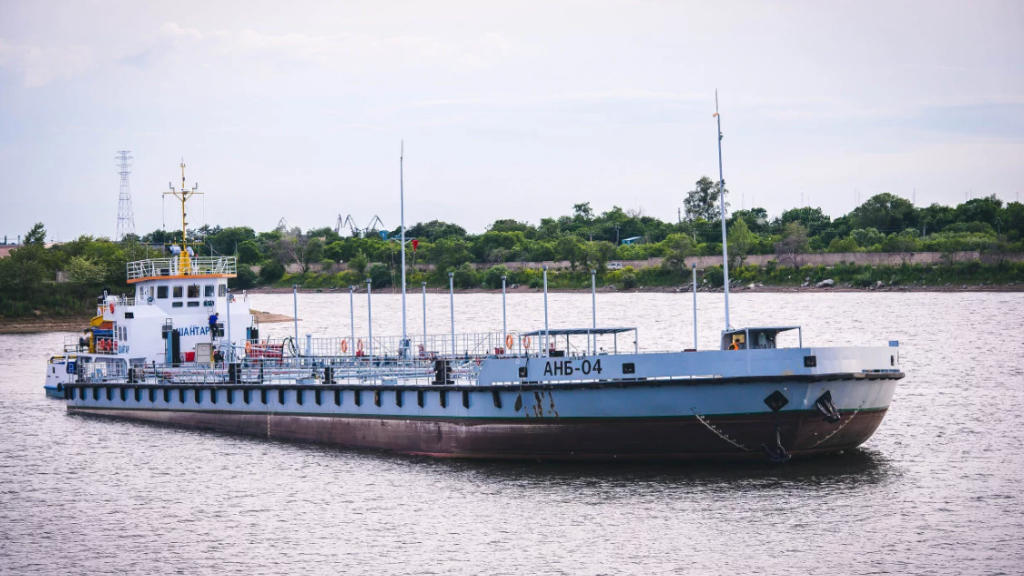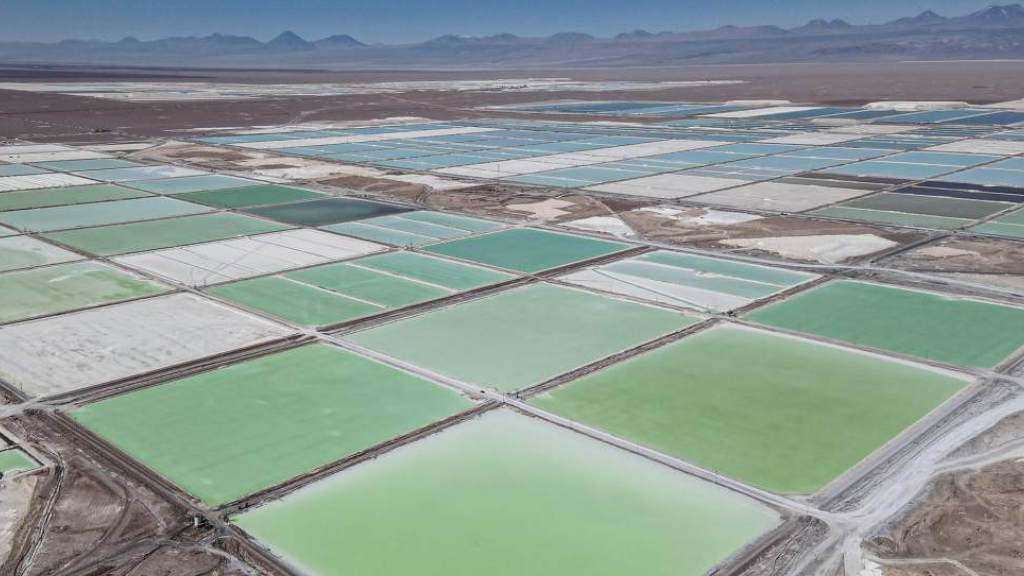Amur, Ussuri Rivers give Pacific Ocean access to China’s landlocked Heilongjiang Province
Russia and China are developing cargo transport corridors under the joint “River-Sea” development programme for the first time. The Chinese deep-water, Manjita river port is located at Fuyuan city in Heilongjiang, with the Manjita port having access to the Amur (Heilongjiang) and Ussuri (Wusuli) Rivers.
The Amur River is over 2,800km long, and if extended to including its main stem tributary, the Argun River, which is also navigable, reaches a total length of 4,444 km. The Ussuri River is about 897 km in length, follows a more northerly route but also ultimately flows into the Amur. Both flow between Russia and China, with the Amur eventually emptying out into Strait of Tartary, in Sea of Okhotsk. The Straits divide the Russian island of Sakhalin from mainland Asia (South-East Russia), and connect the Sea of Okhotsk with the Sea of Japan to the south, and ultimately to the Pacific Ocean.
The first shipments will be made from Manjita port to the Far East Russian city of Khabarovsk and onto Khabarovsk’s sea ports. This provides Pacific Ocean access for Chinese cities along the Heilongjiang sections of the Amur and Ussuri rivers. Heilongjiang is a land-locked province.
Khabarovsk is the largest city of Khabarovsk Krai (Province), and is located 30 km from the China–Russia border, at the confluence of the Amur and Ussuri Rivers, about 800 km north of Vladivostok. It is the largest city in the Russian Far East. Khabarovsk Krai is the most industrialized territory of the Far East of Russia, producing 30% of the total industrial products in the Russian Far East. It also lies on the Trans-Siberian railway, while its Pacific Ocean ports include maritime facilities on the Sea of Okhotsk, which in turn gives access to the Pacific Ocean. From there, goods can be shipped elsewhere along the East China coast, or to markets elsewhere in Asia.

Manjita port has received permission to import wood, food, seafood and fish from Russia. River going barges have already been launched at the Manjita`s river port, capable of holding up to 12,000 tonnes of various cargoes.
Zhou Hongcheng, deputy head of the Fuyuan Department of Commerce and Checkpoints, was quoted as saying that “We plan to carry out the first combined cargo transportation on the river-sea route through Khabarovsk. So, we can say that the Pacific Ocean has now appeared on our doorstep.”
Freight traffic between Fuyuan and Khabarovsk is actively developing, especially during the summer navigation period. Special warehouses have already been built at both ends of the route, while Chna has also extended its own rail network to reach Manjita port.
Fuyuan city has stated its intention to integrate into the regional cross-border infrastructure, which is planned to be developed through Bolshoy Ussuriysky Island on the border of the Khabarovsk Territory with China.
A new road vehicle border checkpoint is also to be built on Bolshoy Usuriysky Island, which is part of the Khabarovsk city limits and along which the border with China runs. The project has already been approved by the two sides, and is expected to be operational by 2026. This additional border crossing will be able to handle over 1.3 million tonnes of cargo per year.
Until this opens, river transport links between Khabarovsk and China takes place via mixed checkpoints, where, depending on the season, either pontoon or ferry crossings are operated.
Further Reading
Baikal-Amur Rail To Be Developed For Russia’s AsiaPac Markets





